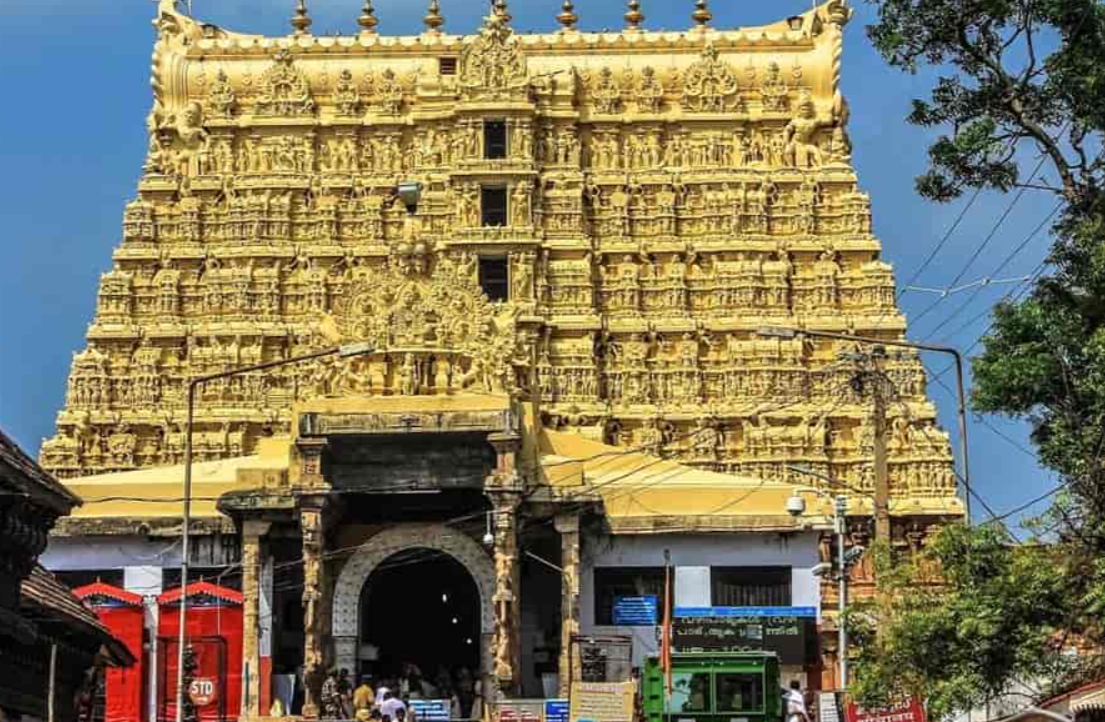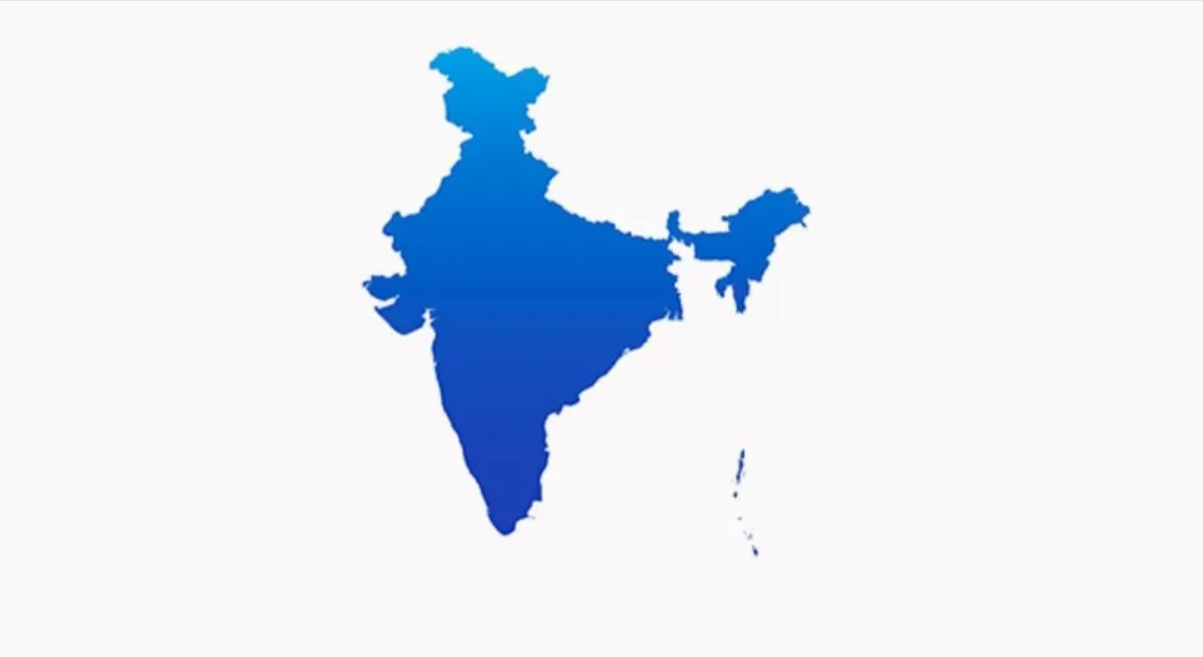Art has been an integral part of Indian culture for centuries, reflecting the country’s rich heritage and diverse traditions. Despite its ancient roots, identifying the truly influential artists can be a challenge. However, a select few Indian artists have gained international recognition, transcending borders and showcasing the beauty of Indian art to the world. This article takes an in-depth look at ten of the most famous Indian artists and their paintings, highlighting their contributions to the world of art.
Top 10 Famous Indian Artists and Their Paintings
1. Raja Ravi Varma
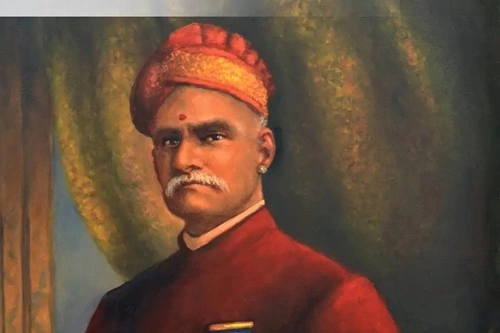
Raja Ravi Varma is often the first name that springs to mind when one thinks of Indian art. Born in 1848, he was a pioneering figure who ingeniously blended European techniques with Indian themes. This unique fusion set his work apart and made it worthy of admiration. One of his masterpieces, “Damayanti and the Swan,” showcases a mythical narrative rendered in a realistic manner, epitomizing his ability to capture the essence of Indian mythology through the lens of Western artistic techniques.
2. Rabindranath Tagore
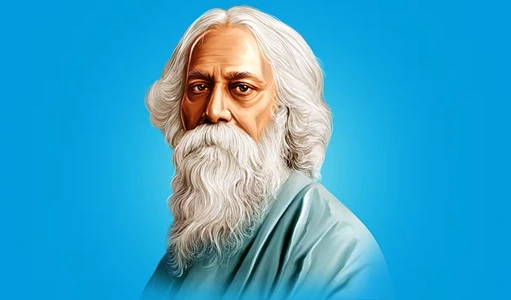
At first glance, it might seem unusual to include Rabindranath Tagore, a renowned poet, on a list of painters. However, Tagore was not only the first non-European to win the Nobel Prize in Literature; he was also an accomplished artist. He discovered his artistic voice in his sixties, exploring rhythmic lines and bold shapes. His “Untitled (Self-Portrait)” offers a glimpse into his character, rendered with strong brushstrokes that convey depth and introspection. Tagore’s works reflect his unique perspective on life, art, and identity, making him a significant figure in the realm of Indian art.
3. Amrita Sher-Gil
Born in 1913, Amrita Sher-Gil made a significant impact on contemporary Indian art and is often referred to as the Indo-French Kahlo. Her self-portraits, deeply reflective and emotionally charged, reveal her Western influences and training in Paris. A notable work, “Self-Portrait,” is a vibrant exploration of self-identity and emotional expression. Tragically, Sher-Gil’s life was cut short at the young age of 28, but her legacy endures through her powerful artworks, which continue to resonate with audiences worldwide.
4. M.F. Husain
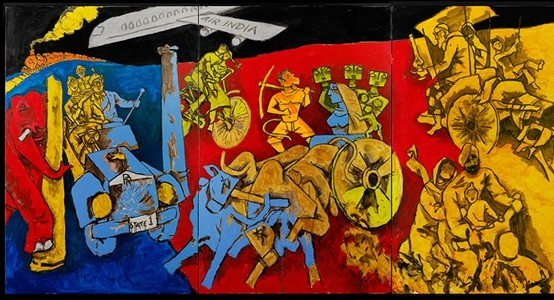
Mohammed Faisal Maqbool, widely known as M.F. Husain, is a name that evokes strong emotions among art lovers. Born in 1915, Husain was celebrated for his dynamic use of vibrant colors and compositions that showcased his deep connection with Indian culture. His iconic painting “The Blue Lady” reflects his fascination with feminine forms and anatomy. Despite facing criticism for his bold interpretations, Husain is often referred to as the “Picasso of India,” largely due to the international attention his works have garnered, thus placing Indian art on a global platform.
5. Tyeb Mehta
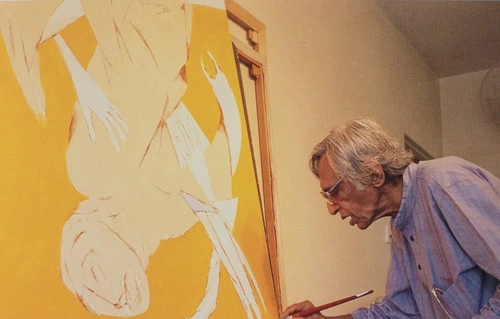
Born in 1925, Tyeb Mehta is celebrated for his ability to capture the chaos and emotion of India, particularly during the tumultuous period surrounding independence. His “Falling Figure” series poignantly reflects human suffering and existential crises, symbolizing the struggles faced by the nation. Mehta’s commitment to showcasing these themes through his art established him as a legendary figure in Indian modern art, and his contributions extend to film as well.
6. S.H. Raza
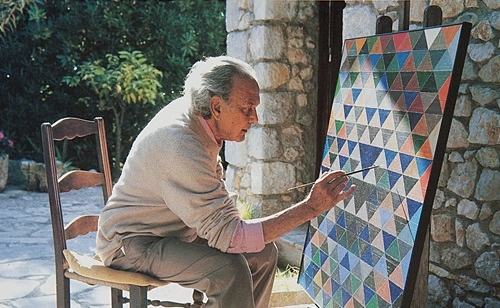
S.H. Raza, born in 1922, is known for his evolution from abstract symbolism to expressionist landscapes. His “Bindu” series symbolizes the beginning and unity of the universe, merging geometric forms and vivid colors with Indian mysticism. Raza’s artworks invite viewers into a meditative space, combining modernist concepts with deep spirituality. His innovative approach has garnered appreciation worldwide, making his “Bindu” series a significant part of contemporary Indian art.
7. Jamini Roy
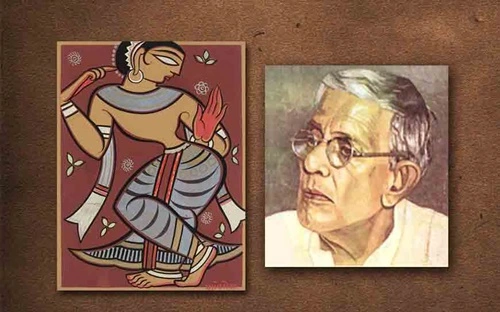
Jamini Roy, born in 1887, turned his focus from European academic traditions to the folk arts of Bengal after receiving his education. His painting “Mother and Child” exemplifies his minimalist yet emotive style, characterized by sharp lines and flat colors. Roy’s depictions of rural life and cultural heritage sparked a renaissance in traditional Indian art, emphasizing the importance of indigenous themes and styles.
8. Nandalal Bose
Nandalal Bose, born in 1882, played a crucial role in the Swadeshi movement and the Bengal School of Art. His painting “Bapu,” a moving portrayal of Mahatma Gandhi, exemplifies his ability to express deep nationalist sentiments through his art. During India’s struggle for independence, Bose’s lyrical and patriotic artworks played a vital role in reviving the country’s cultural heritage, making him an essential figure in Indian art history.
9. Abanindranath Tagore
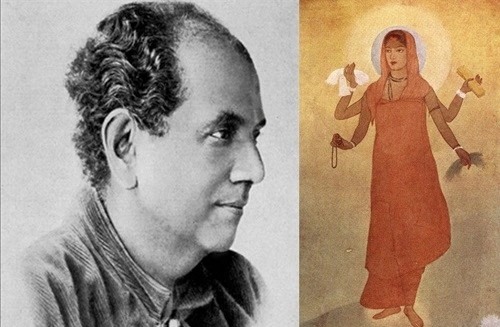
Abanindranath Tagore, the nephew of Rabindranath Tagore, was instrumental in fostering a uniquely Indian aesthetic through his establishment of the Bengal School of Art. Born in 1871, his famous painting “Bharat Mata” personifies India as a serene goddess, representing the country’s spiritual and cultural richness. Abanindranath’s works were pivotal in shaping the identity of Indian art during a time of cultural awakening.
10. Satish Gujral
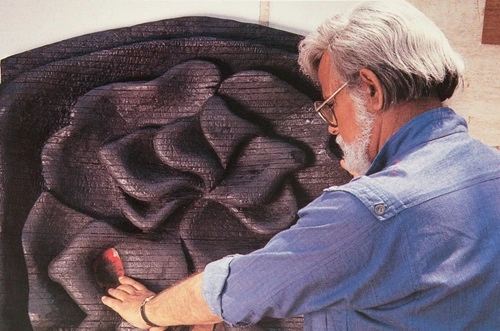
Satish Gujral was a multifaceted artist, excelling in painting, sculpture, and architecture. His works often reflect the trauma of the Partition of India, as seen in his piece “Days of Glory.” Gujral’s architectural contributions, including the Belgian Embassy in New Delhi, showcase his ability to evoke powerful emotions through various mediums. His diverse talents and impactful artworks solidify his place among the greats of Indian art.
Conclusion
The legacy of these ten famous Indian artists and their paintings reflects the vibrancy and diversity of India’s cultural landscape. Each artist, with their unique styles and themes, has contributed significantly to the evolution of Indian art, ensuring that its spirit remains alive and continues to inspire future generations. Their works not only celebrate India’s rich heritage but also resonate with universal themes, making them relevant across cultures. We hope this exploration of famous Indian artists and their paintings has enriched your understanding of India’s artistic heritage and inspired you to delve deeper into the world of art.


